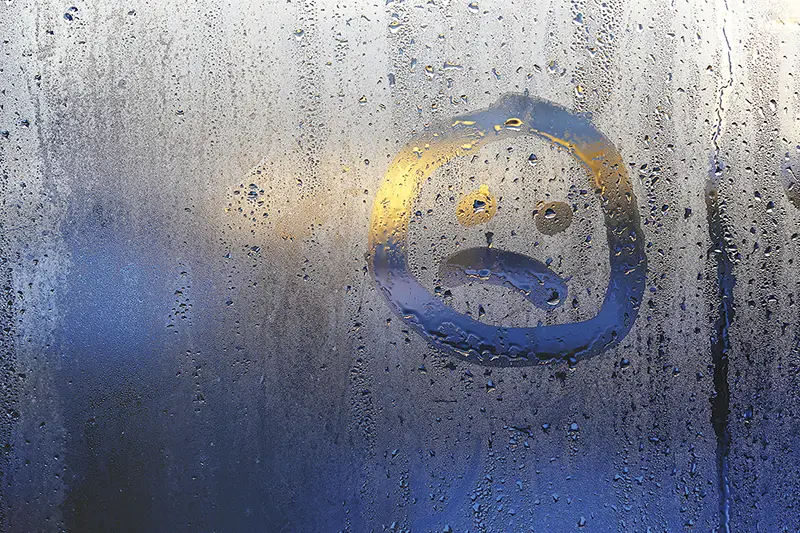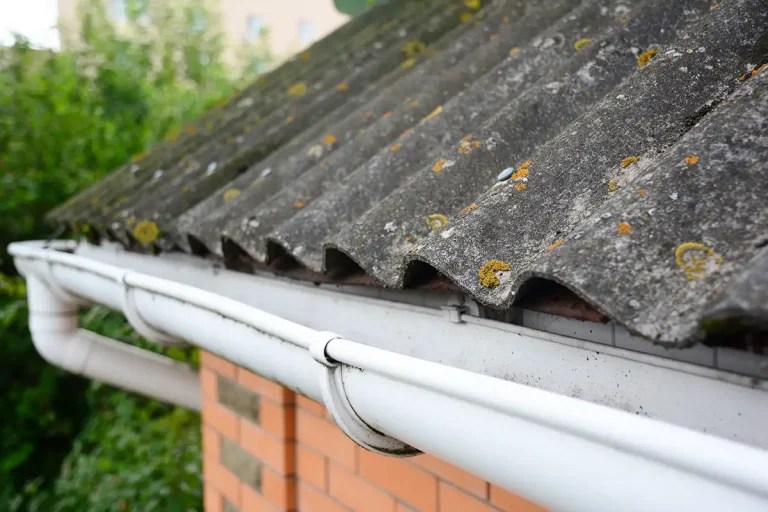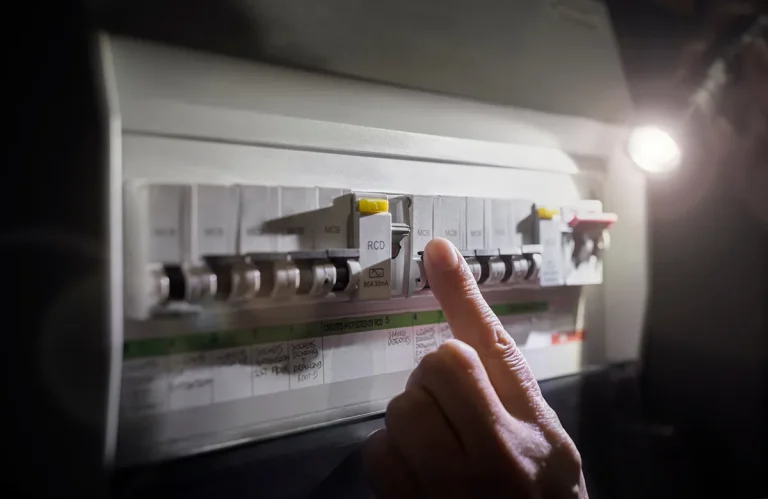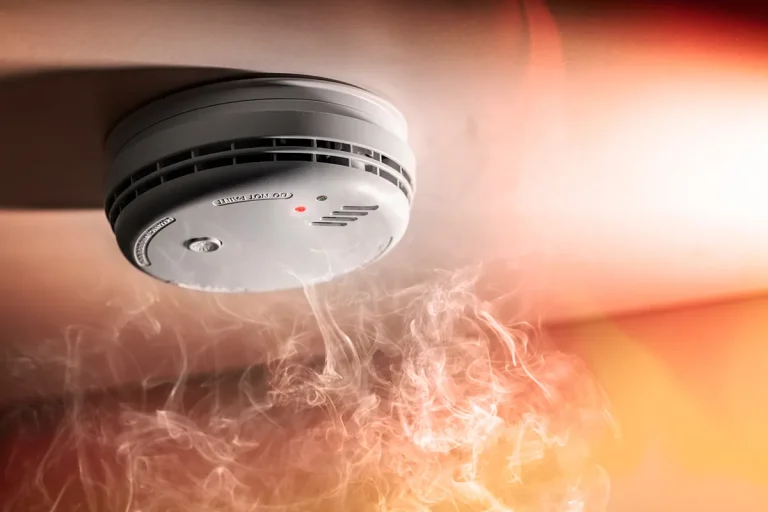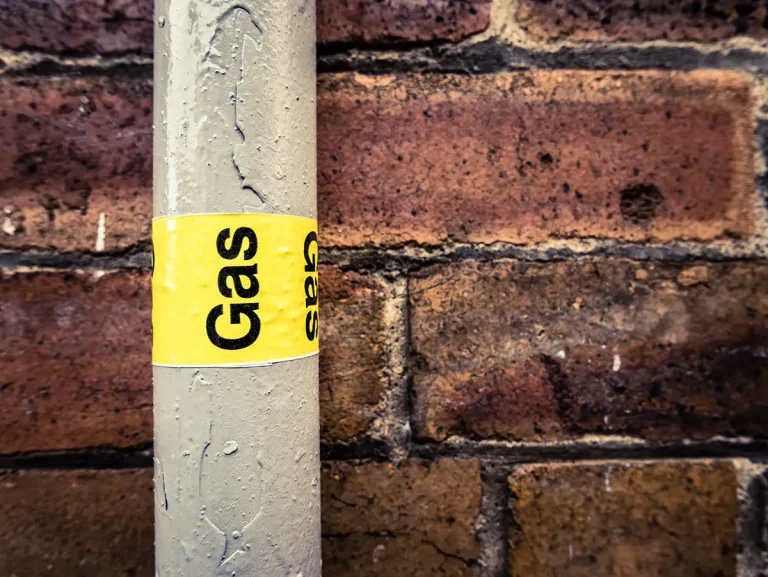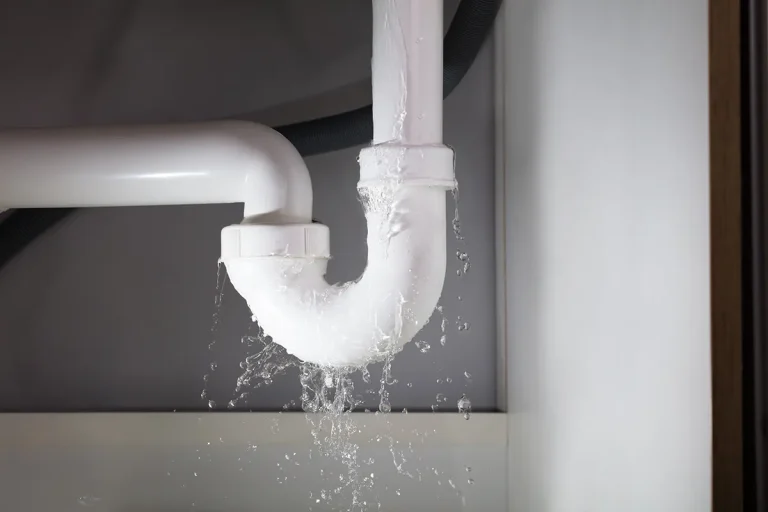How to prevent damp and mould in your home
The main types of damp in houses are:
Rising damp
Water rising from the ground into the home
Penetrating damp
Damaged render, pointing or tiles on external walls and roofs
Condensation
Moist air meeting a colder surface such as a wall, window, or mirror
Condensation is the most common problem. Over time, it can cause black mould, which can harm your health. Day-to-day activities like cooking, showering and drying washing indoors all create moisture. When this moisture meets a colder surface, it forms condensation.
To help clear condensation and prevent mould, you can:
Let the air flow
- Keep trickle vents open
- Do not block air bricks or vents
- Open some windows for at least 10 minutes every day
- Keep furniture away from outside walls
Reduce condensation
- Dry washing outside whenever possible
- When you have to dry washing indoors, use an airer with the door closed and a window open
- Close the kitchen door when cooking, use the extractor if you have one, open a window and put lids on pans
- Close the bathroom door when showering or bathing, use the extractor if you have on, open a window, wipe down surfaces to remove condensation and dry wet towels
Keep your home warm
In colder weather, try to keep the temperature inside your home between 18 and 20°C
If after following these steps you’re still having trouble with damp or mould, please report this to us.
